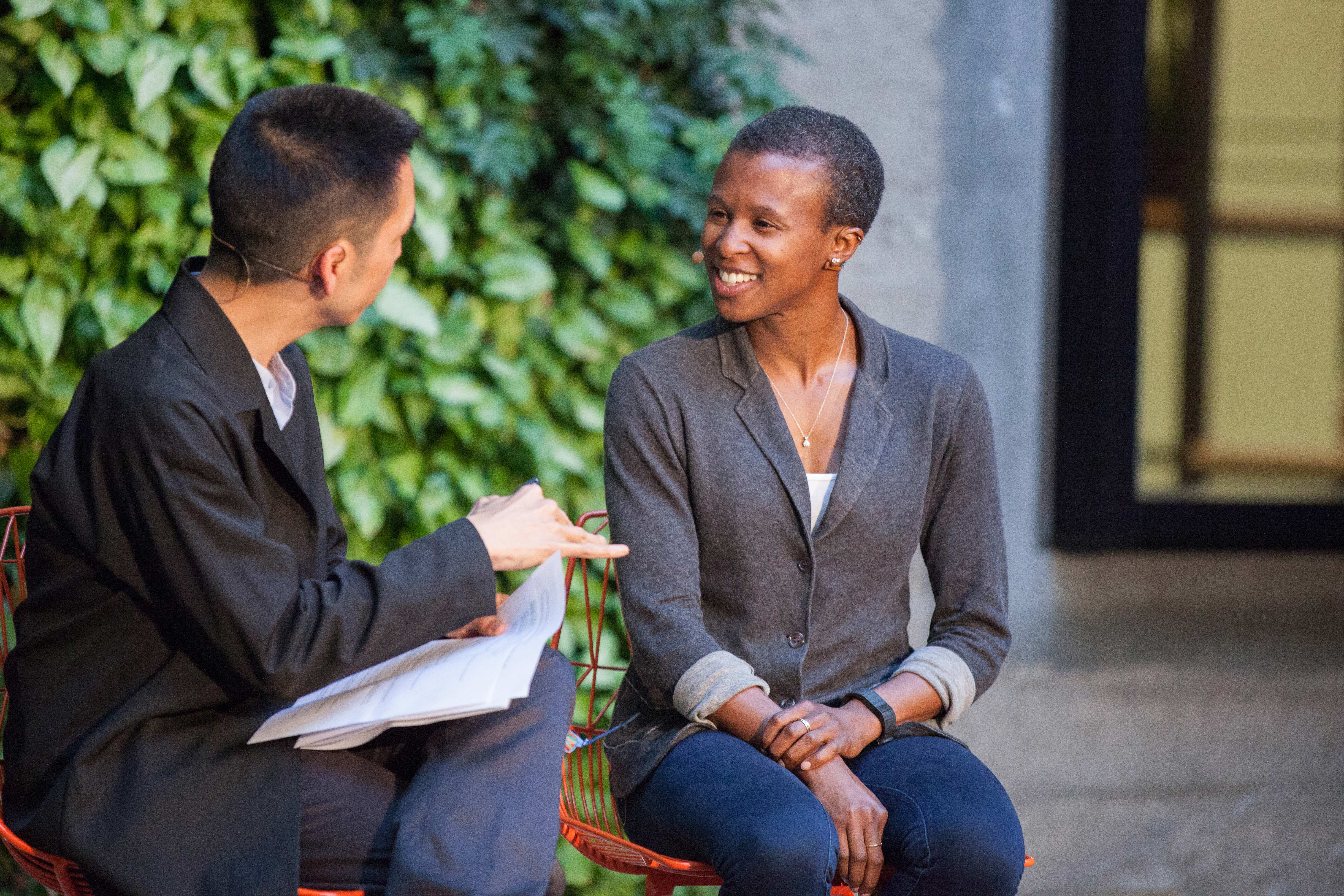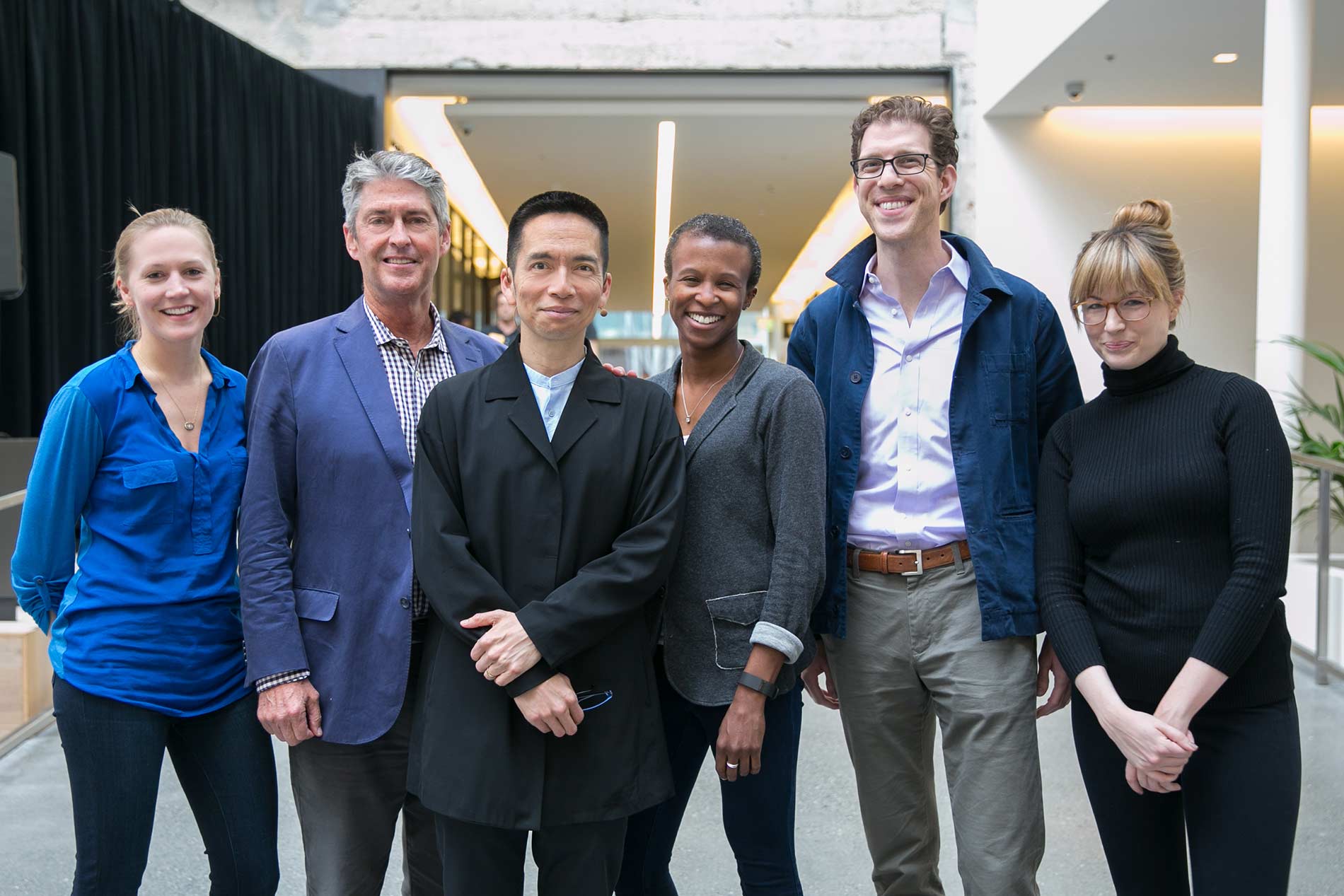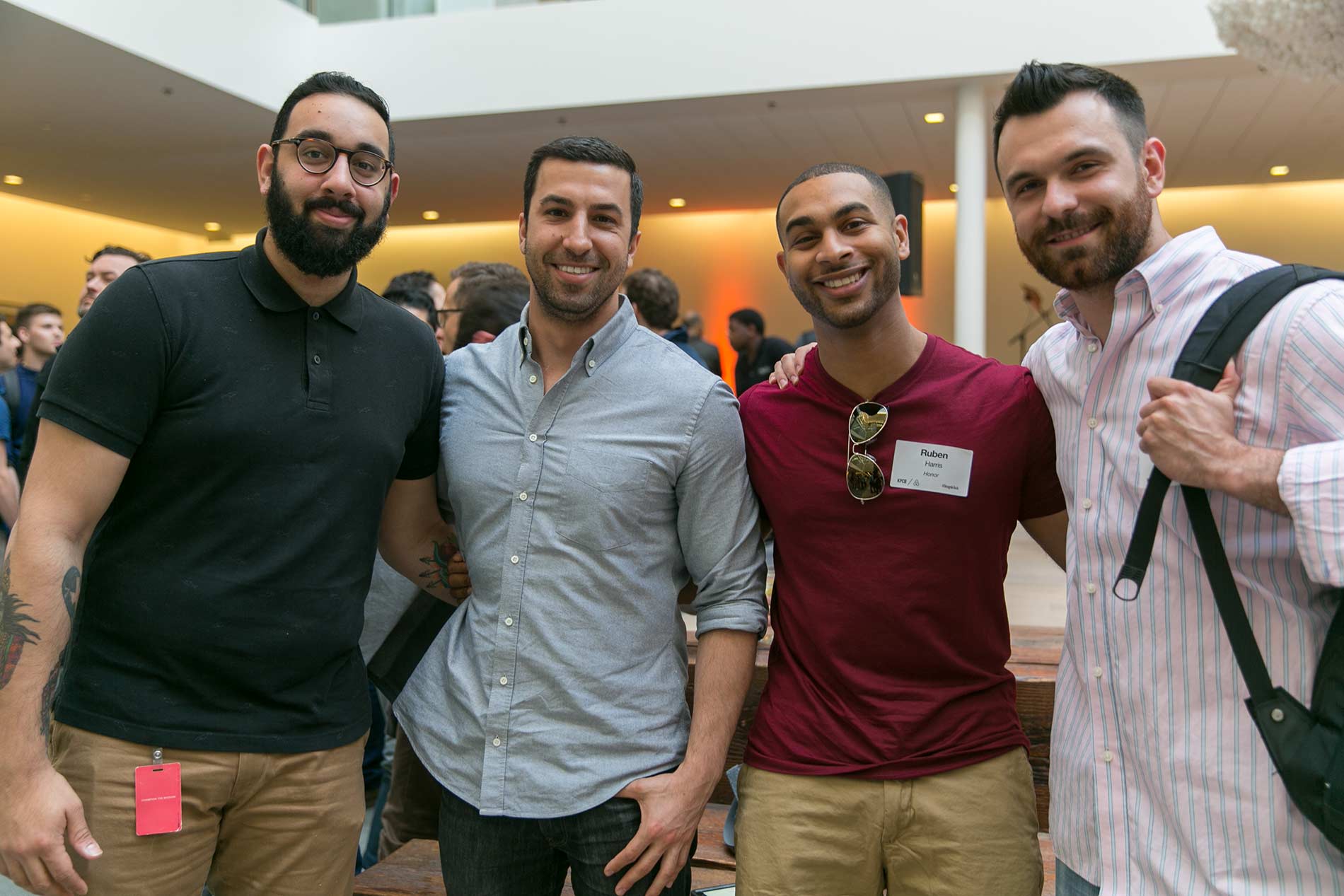Design in Tech Recap
Airbnb and KPCB host John Maeda’s annual design report
Airbnb Design recently co-hosted John Maeda‘s “Design in Tech” report in partnership with the venture capital firm Kleiner Perkins Caufield & Byers. As a design-founded company, we feel the impact that design decisions have on the technology we use daily, and believe in supporting initiatives that acknowledge how design is changing the way we live and work.


Attendees of the event ranged from design industry leaders to venture capitalists. As a complement to the Design in Tech report that Maeda and KPCB have published for the second year running, the event highlighted a variety of perspectives from those working with design in technology and business. The event panel featured Designer Fund Co-founder, Ben Blumenfeld, writer and Stanford Media Designer, Emi Kolawole, KPCB’s Talent Partner, Jackie Xu, design legend Tom Suiter, photographer Helena Price and our own Director of User Experience Design, Katie Dill.



One of the evening’s themes was a call-to-action for designers to start their own funds and get more involved in the business side of the industry, something Maeda has already noticed a growing shift toward as design moves into a new phase of maturity. Blumenfeld spoke about his drive to create Designer Fund as a resource for early stage startups and to mentor upcoming designers.
Design is not just about beauty, it’s about relevance.
Drawing upon his own extensive experience at the MIT Media Lab, which fosters research into the integration of design in a variety of STEM industries, and his current work with KPCB, Maeda forecasted the emergence of more designer-led funds and businesses. He noted the current wave of designers transitioning into roles as angel investors, and discussed the evolving future of design in business. Maeda cautioned that the very word “design” may even become obsolete as the work it so broadly describes transitions into three distinct categories: classical design, business and technology.
Classical Design
What Maeda means by “classical design” is a focus on the traditional elements of art and design within educational institutions that designers currently receive in school. While these educational systems provide great foundations and background, he forecasts a greater need for cross-disciplinary skills that encompass the needs of growing tech and business companies. The wealth of online knowledge available to self-learners is crucial, as is the value of learning to design culture and experiences in addition to designing products.
When you’re in hyper growth mode, you need to design systems. Designers and engineers need to communicate using the same language.
Business
A mindset geared towards business-focused designers is important as execution outpaces innovation. “Design is not just about beauty, it’s about relevance,” Maeda noted. And in a world where design is increasingly delivered to users instantaneously over the Internet, it’s important to realize that while traditional notions of perfection are not attainable, design is able to constantly evolve in response to the needs of businesses.



Technology
This category relates to computational design and the need for designers with an understanding of algorithms and processes. These are designers who are highly successful at designing for billions of people in real time and at scale. As Katie Dill explained, “When you’re in hyper growth mode, you need to design systems. Designers & engineers need to communicate using the same language.”
Thanks to John, KPCB and all our panelists for making a thought-provoking evening possible. Read the full Design in Tech report here.
Photography by Tina Case | Poster Design by Eli Brumbaugh


